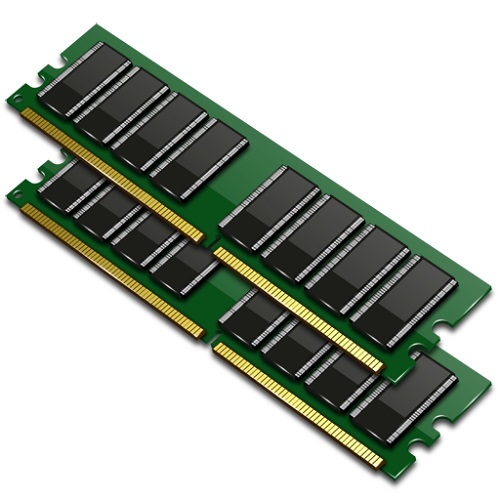
One of the most common cases in which the need for optimizing memory utilization arises is when training models that are solarge that they simply do not fit onto a single GPU. In this section we provide a few situations in which optimizing your memory utilization could imply significant gains in the runtime performance of your training. Motivation - Why You Should Care About Memory Optimization Be sure to stay abreast of the latest and greatest memory optimization API offerings. In particular, some of the APIs we will use are still considered experimental and are likely to undergo revision and optimization. These implementation examples should not, in any way, be viewed as an alternative to any official API documentation and/or tutorials.
NVIDIA RAM OPTIMIZER CODE
The post will include several code snippets using PyTorch (version 1.12) and TensorFlow (version 2.8). float8 quantization - at the time of this writing). CPU offloading), or their lack of generality (e.g. We intentionally omit some techniques due to their relatively high performance penalty (e.g. In this post we will review a small subset of them including mixed precision training, activation checkpointing, and ZeRO based distributed training (using FSDP). There are a number of well known techniques for reducing memory consumption.
NVIDIA RAM OPTIMIZER FREE
The focus in this post will be on situations in which the GPU memory is already fully utilized and we are seeking to reduce the memory consumption without altering the model’s architecture or ability to converge, in order to free up memory for additional use. Increasing the batch size will not add any additional information to each training step and, consequently, the number of overall training steps will not decrease. As an extreme example, consider a case where the size of your batch equals the size of your entire dataset. Often times this can be controlled by appropriate tuning of some of your optimizer settings (see here for a discussion on this topic in the context of data distributed training), but not always. Also keep in mind that even if your throughput does increase when you adjust the training batch size, there is no guarantee that your rate of convergence (as a function of the number of epochs) will remain unchanged. Note that there are other factors, such as memory alignment, that might come into play, and so an increase in overall throughput is not guaranteed. As a result, the per sample cost of these operations decreases as the batch size increases. These are fixed costs in the sense that they are not dependent on the batch size. This is due to the fact there are fixed cost operations associated with each training step, such as GPU kernel loading and gradient sharing.


Generally speaking (but not always), your overall training throughput will increase. The most basic example of GPU memory optimization is increasing your batch size to increase the memory utilization up to as close to 100% as possible. For the sake of simplicity, whenever we refer to GPU memory, we are referring more generally to the memory of any training accelerator, including GPU, Google Cloud TPU, Habana Gaudi, etc. For additional tips on training performance optimization be sure to check out some of our other blog posts (e.g. Our focus in this post will be on the memory utilization of the GPU (or alternative training accelerator). This is particularly true of the resources of the GPU, or other training accelerator, typically the most expensive component of your training device. One of the keys to optimizing the runtime performance of your deep neural network (DNN) training workloads is to maximize the utilization of your training instance’s resources.


 0 kommentar(er)
0 kommentar(er)
